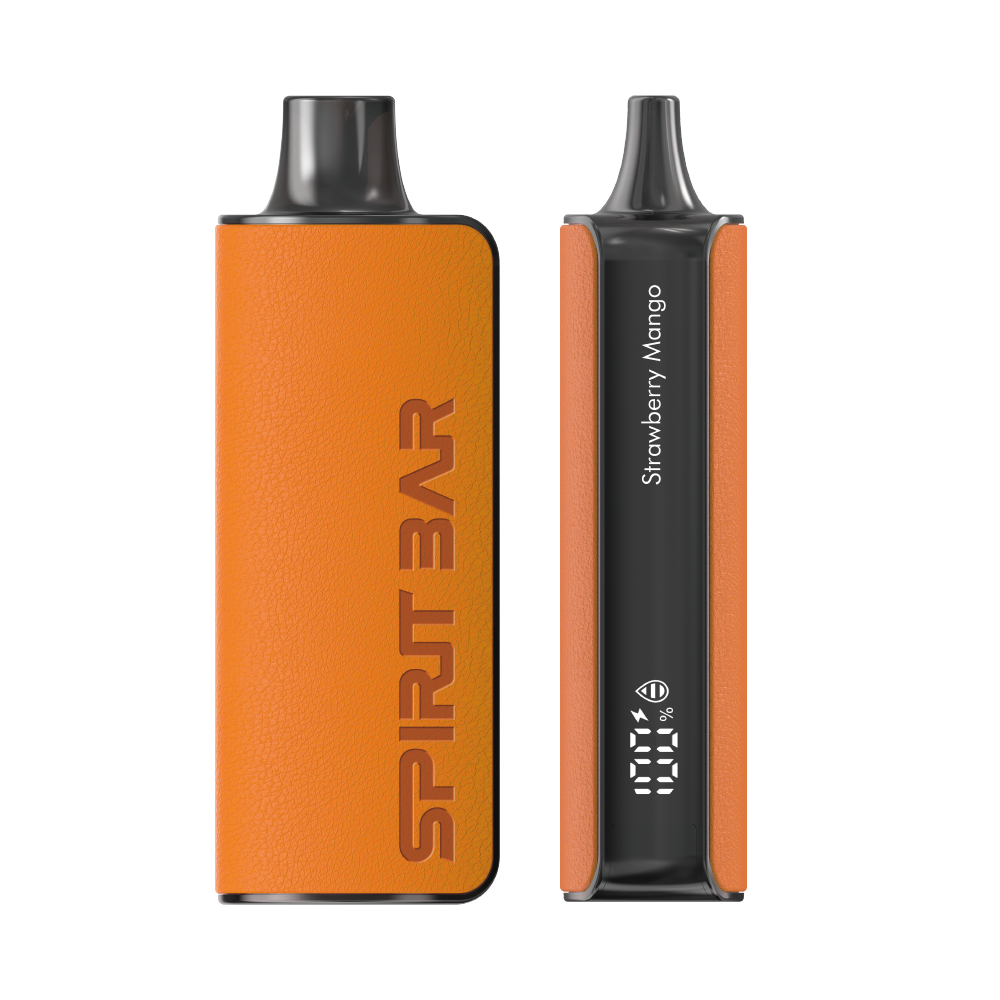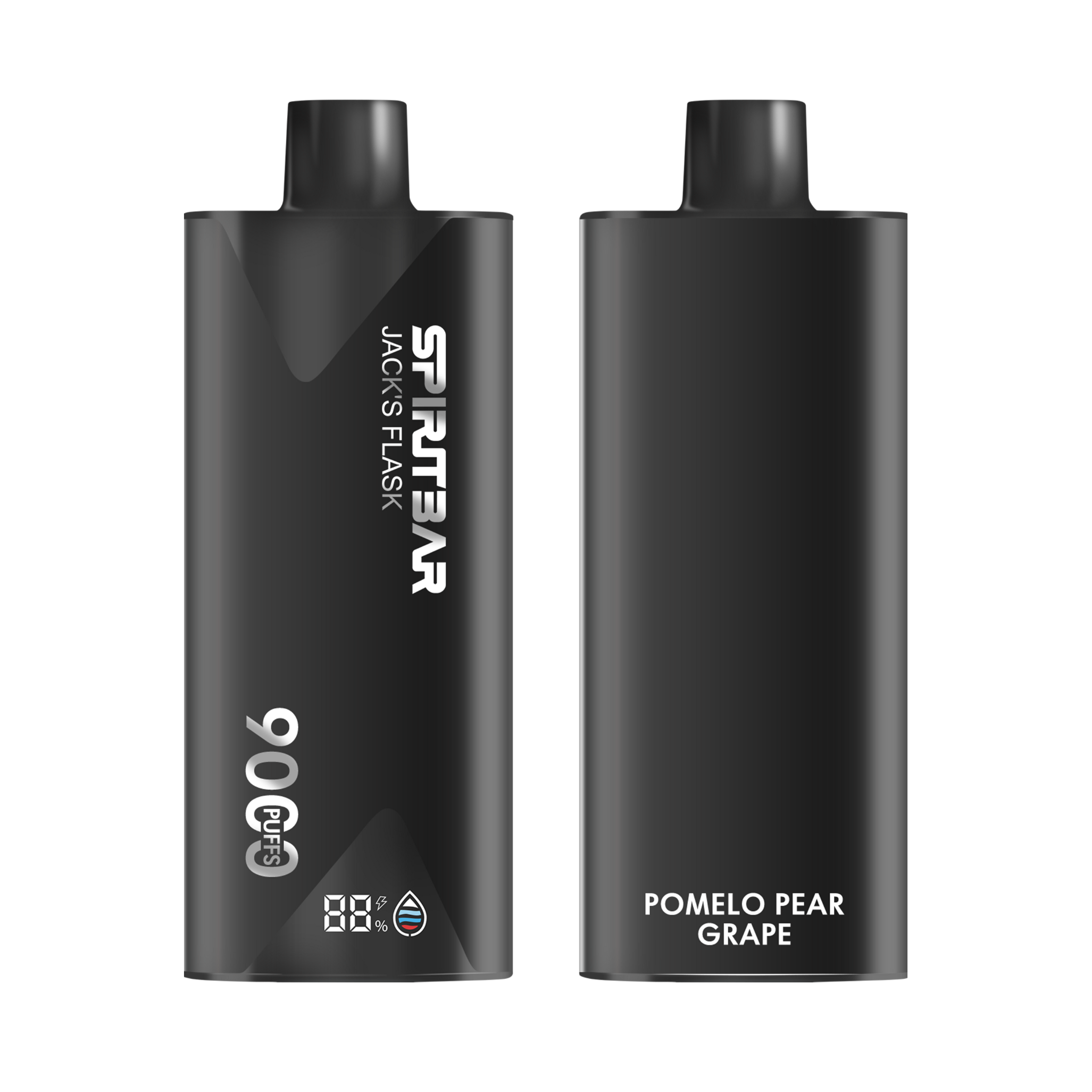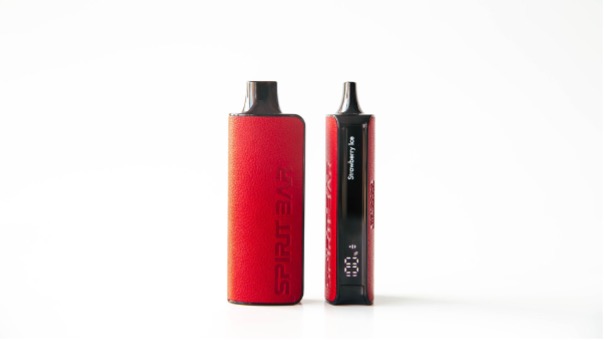Does Vaping Produce Formaldehyde? Find Out the Truth Here
If you’re a vaper, you may have heard that e-cigarettes produce formaldehyde, a known carcinogen. But is this really true? The answer is complicated, and depends on a variety of factors, including the type of device you’re using, the voltage you’re vaping at, and the e-liquid you’re using.
In 2015, a study conducted by researchers at Portland State University found that some e-cigarettes can produce formaldehyde, a toxic and carcinogenic chemical, when they’re used at high voltages. However, it’s important to note that this study has been criticized for using unrealistic conditions, such as overheating the e-cigarette to produce high levels of formaldehyde. In more realistic conditions, such as those used by vapers in the real world, formaldehyde levels were much lower.
So, does vaping produce formaldehyde? The answer is yes, but the levels produced are generally much lower than those produced by traditional cigarettes. However, it’s important to use caution when vaping and to choose high-quality e-liquids and devices to minimize your exposure to harmful chemicals.
Understanding Vaping
https://www.youtube.com/watch?v=U3JFmCmv-Ok&embed=true
What is Vaping?
Vaping is the act of inhaling and exhaling vapor produced by an electronic cigarette or similar device. E-cigarettes, also known as electronic nicotine delivery systems (ENDS), are battery-operated devices that heat a liquid (usually containing nicotine, flavorings, and other chemicals) into an aerosol that is inhaled into the lungs.
Components of a Vape
A vape consists of several components, including:
-
Atomizer/Cartomizer: The atomizer or cartomizer is the part of the vape that heats the liquid to produce vapor. The atomizer contains a heating coil that is wrapped around a wick. When the device is activated, the coil heats up and vaporizes the liquid.
-
Battery: The battery provides power to the atomizer to heat the liquid. Vape batteries are usually rechargeable and come in various sizes and capacities.
-
Tank/Cartridge: The tank or cartridge holds the liquid that is heated by the atomizer. Tanks are refillable, while cartridges are disposable.
-
E-liquid: E-liquid, also known as vape juice, is the liquid that is heated by the atomizer to produce vapor. E-liquids come in a variety of flavors and nicotine strengths.
It’s important to note that the chemicals in e-liquids can vary widely between brands and even between flavors of the same brand. Some e-liquids have been found to contain harmful chemicals, such as formaldehyde, which can be produced when the liquid is heated to high temperatures. It’s important to purchase e-liquids from reputable sources and to avoid using devices that produce excessive heat.
SPIRITBAR Katana BP10000
- Slender, leather-textured body reminiscent of a katana handle for an authentic samurai feel
- Unique samurai-inspired e-liquid flavor - fruity yet not too sweet, with a luxurious, elegant aroma
- Powerful 650mAh rechargeable battery for extended vaping time
- Large 18ml e-liquid capacity and 10,000 puff capacity
- Advanced mesh coil and e-liquid & power display screens for optimal vaping experience
The special juice captures the essence of the samurai spirit with its rich, smoothly pulsating flavor that brings new satisfaction with every puff. The device's slender, leather-textured design evokes the grip of a samurai's katana, making this product a perfect choice for beginner vapors.
Formaldehyde: A Brief Overview
https://www.youtube.com/watch?v=IaVaoja2Uk4&embed=true
What is Formaldehyde?
Formaldehyde is a colorless gas with a pungent odor that is commonly used in the manufacturing of various products, including building materials, household products, and personal care items. It is also a byproduct of combustion, including tobacco combustion.
Formaldehyde is classified as a carcinogen by the International Agency for Research on Cancer (IARC) and has been linked to an increased risk of cancer, respiratory irritation, and other health effects.
Sources of Formaldehyde
Formaldehyde can be found in both indoor and outdoor environments. Common indoor sources include:
- Building materials, such as pressed wood products, insulation, and carpeting
- Household products, such as cleaning agents, paints, and cosmetics
- Tobacco smoke and e-cigarette aerosols
Outdoor sources of formaldehyde include:
SPIRITBAR Jack’s Flask 9000 Puffs
- Stylish pirate flask-shaped body providing an exciting vaping experience
- Delivering up to 9000 puffs per device
- 20ml e-liquid capacity with 50mg nicotine strength for satisfying throat hit
- Specialized pirate-themed e-juice flavors for rich, swirling taste
- Premium mesh coil optimizes flavor profile for maximum vaping enjoyment
This disposable vape captures the daring spirit of the high seas with its flask styling and signature pirate e-juice flavors. The extraordinary battery life provides 9000 indulgent puffs for extended vaping pleasure. Live boldly and freely with the Jack's Flask - a legendary vaping experience fit for a pirate's adventures.
- Vehicle exhaust
- Industrial emissions
- Wildfires
When it comes to vaping, formaldehyde can be produced when the e-cigarette device is set at a high heat setting or when the voltage is ramped up. This can cause the propylene glycol and glycerol in the e-liquid to break down and form hemiacetals, which can then react with formaldehyde to produce formaldehyde-releasing agents.
It is important to note that not all e-cigarettes produce formaldehyde, and the levels of formaldehyde produced can vary depending on the device and the e-liquid used. However, it is still a potential health concern and further research is needed to fully understand the risks associated with vaping and formaldehyde exposure.
Vaping and Formaldehyde Production
Vaping has become a popular alternative to smoking traditional cigarettes, but concerns have been raised about the production of formaldehyde during vaping. Formaldehyde is a known carcinogen and can cause respiratory irritation. In this section, we will explore how vaping produces formaldehyde and the factors that influence its production.
How Vaping Produces Formaldehyde
When you vape, the e-liquid is heated and aerosolized, producing a vapor that is inhaled. The e-liquid typically contains a mixture of propylene glycol, vegetable glycerin, flavorings, and nicotine. When heated, these ingredients can break down and produce formaldehyde.
Formaldehyde is produced through a process called thermal degradation. This occurs when the e-liquid is heated to a high temperature, causing the breakdown of the glycols and glycerin into formaldehyde and other harmful compounds.
Factors Influencing Formaldehyde Production in Vaping
The production of formaldehyde during vaping can be influenced by a variety of factors. These include:
- Voltage and wattage: Higher voltage and wattage settings can increase the temperature of the heating element and lead to more formaldehyde production.
- Type of coil: Different types of coils can produce varying amounts of formaldehyde. For example, ceramic coils have been shown to produce less formaldehyde than cotton wicks.
- E-liquid ingredients: The ingredients in the e-liquid can affect formaldehyde production. E-liquids that contain higher levels of propylene glycol have been shown to produce more formaldehyde than those with higher levels of vegetable glycerin.
- Puff duration and frequency: Longer and more frequent puffs can increase the amount of formaldehyde produced.
It is important to note that not all e-cigarettes and vaping devices are created equal. Some devices may produce more formaldehyde than others, and the quality of the e-liquid can also play a role. It is essential to use reputable brands and follow the manufacturer’s instructions to minimize the risk of formaldehyde exposure.
SPIRITBAR Katana BP10000
- Slender, leather-textured body reminiscent of a katana handle for an authentic samurai feel
- Unique samurai-inspired e-liquid flavor - fruity yet not too sweet, with a luxurious, elegant aroma
- Powerful 650mAh rechargeable battery for extended vaping time
- Large 18ml e-liquid capacity and 10,000 puff capacity
- Advanced mesh coil and e-liquid & power display screens for optimal vaping experience
The special juice captures the essence of the samurai spirit with its rich, smoothly pulsating flavor that brings new satisfaction with every puff. The device's slender, leather-textured design evokes the grip of a samurai's katana, making this product a perfect choice for beginner vapors.
Health Implications
When it comes to vaping, there are concerns about the potential health implications associated with the inhalation of formaldehyde. Here are some things you should know:
Effects of Formaldehyde on Health
Formaldehyde is a known carcinogen, which means it has the potential to cause cancer. According to a study published in the journal Environmental Health Perspectives, exposure to formaldehyde has been linked to an increased risk of nasopharyngeal cancer and leukemia. Additionally, formaldehyde exposure can cause respiratory irritation, eye irritation, and skin irritation.
Vaping, Formaldehyde and Lung Health
While formaldehyde is present in some e-cigarettes, the levels are typically much lower than those found in traditional cigarettes. According to a study published in the journal Environmental Science & Technology, the levels of formaldehyde in e-cigarettes are generally much lower than those found in traditional cigarettes. However, the study also found that under certain conditions, such as when the e-cigarette is used at high voltage, formaldehyde levels can be much higher.
It’s important to note that vaping is still a relatively new phenomenon, and the long-term effects of vaping on lung health are not yet fully understood. However, some studies have suggested that vaping can cause lung damage and may increase the risk of developing lung disease.
In conclusion, while vaping may be a less harmful alternative to smoking traditional cigarettes, there are still concerns about the potential health implications associated with the inhalation of formaldehyde. If you are concerned about your lung health, it’s important to speak with your doctor about the potential risks associated with vaping.
Scientific Studies on Vaping and Formaldehyde
Recent Studies
Over the past few years, several studies have been conducted on the relationship between vaping and formaldehyde. One study conducted by researchers at Portland State University in Oregon found previously unknown forms of formaldehyde in the vapor of electronic cigarettes (e-cigarettes) [1]. Another study published in the New England Journal of Medicine found that vaping at high voltage produced formaldehyde-containing compounds known as formaldehyde-releasing agents [2].
SPIRITBAR Jack’s Flask 9000 Puffs
- Stylish pirate flask-shaped body providing an exciting vaping experience
- Delivering up to 9000 puffs per device
- 20ml e-liquid capacity with 50mg nicotine strength for satisfying throat hit
- Specialized pirate-themed e-juice flavors for rich, swirling taste
- Premium mesh coil optimizes flavor profile for maximum vaping enjoyment
This disposable vape captures the daring spirit of the high seas with its flask styling and signature pirate e-juice flavors. The extraordinary battery life provides 9000 indulgent puffs for extended vaping pleasure. Live boldly and freely with the Jack's Flask - a legendary vaping experience fit for a pirate's adventures.
Findings and Interpretations
The studies found that e-cigarettes can emit formaldehyde at high levels under certain conditions [1][3]. However, it is important to note that the levels of formaldehyde produced by e-cigarettes are still significantly lower than those produced by traditional cigarettes [2].
It is also important to note that the studies were conducted under laboratory conditions and may not necessarily reflect real-world vaping habits [1][3]. Additionally, the studies were conducted using high voltage levels that are not typically used by most e-cigarette users [2].
Overall, the findings suggest that while e-cigarettes can produce formaldehyde, the levels produced are significantly lower than those produced by traditional cigarettes and are not typically produced under normal vaping conditions. However, more research is needed to fully understand the potential health effects of formaldehyde exposure from e-cigarettes.
[1] https://www.medicalnewstoday.com/articles/321928



